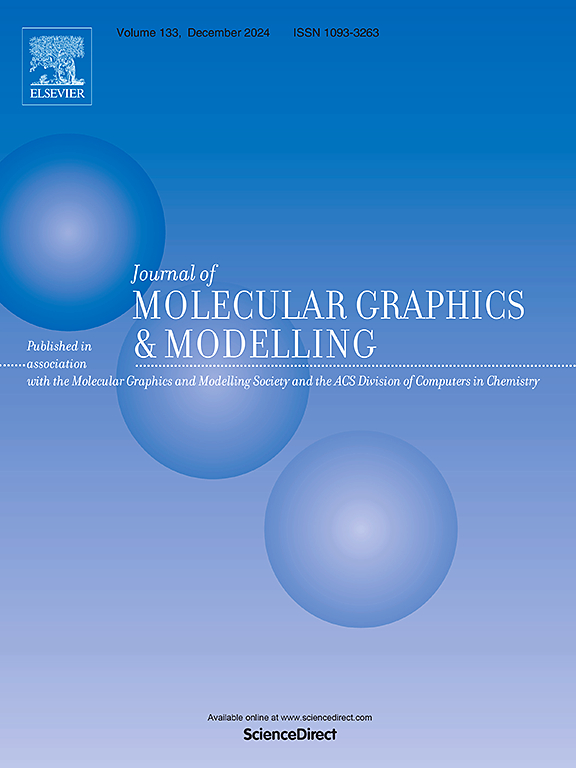On topological characterizations and computational analysis of benzenoid networks for drug discovery and development
IF 2.7
4区 生物学
Q2 BIOCHEMICAL RESEARCH METHODS
引用次数: 0
Abstract
Topological indices are numerical invariants that provide key insights into the structural properties of molecular graphs and are crucial in predicting physio-chemical and biological activities. This paper applies established computational methodologies for analyzing benzenoid networks and their application to polycyclic aromatic hydrocarbons (PAHs) through degree-based topological indices computed via M-polynomial and NM-polynomial approaches. By examining tessellations, including linear chain, hexagonal, rhomboidal, and triangular configurations alongside their line graphs, this work highlights the influence of molecular topology on biological activity. Notably, the line graph of hexagonal tessellations resembling Kagome structures exhibits the highest potential bioactivity, revealing additional connectivity patterns that offer a structured framework for early-stage drug discovery and potentially enhance the understanding of molecular interactions. These findings underscore the value of topological indices in identifying key structural features, reducing attrition rates in drug development, and improving screening technologies, contributing to efficient drug design.

用于药物发现和开发的苯类网络的拓扑表征和计算分析。
拓扑指数是数值不变量,它提供了对分子图结构特性的关键见解,并且在预测物理化学和生物活动方面至关重要。本文应用已建立的计算方法,通过m -多项式和nm -多项式方法计算基于度的拓扑指数来分析苯类网络及其在多环芳烃(PAHs)中的应用。通过检查镶嵌,包括线性链,六边形,菱形和三角形配置及其线形图,这项工作强调了分子拓扑对生物活性的影响。值得注意的是,类似Kagome结构的六边形镶嵌线形图显示出最高的潜在生物活性,揭示了额外的连接模式,为早期药物发现提供了结构化框架,并有可能增强对分子相互作用的理解。这些发现强调了拓扑指数在识别关键结构特征、降低药物开发中的损耗率和改进筛选技术方面的价值,有助于有效的药物设计。
本文章由计算机程序翻译,如有差异,请以英文原文为准。
求助全文
约1分钟内获得全文
求助全文
来源期刊

Journal of molecular graphics & modelling
生物-计算机:跨学科应用
CiteScore
5.50
自引率
6.90%
发文量
216
审稿时长
35 days
期刊介绍:
The Journal of Molecular Graphics and Modelling is devoted to the publication of papers on the uses of computers in theoretical investigations of molecular structure, function, interaction, and design. The scope of the journal includes all aspects of molecular modeling and computational chemistry, including, for instance, the study of molecular shape and properties, molecular simulations, protein and polymer engineering, drug design, materials design, structure-activity and structure-property relationships, database mining, and compound library design.
As a primary research journal, JMGM seeks to bring new knowledge to the attention of our readers. As such, submissions to the journal need to not only report results, but must draw conclusions and explore implications of the work presented. Authors are strongly encouraged to bear this in mind when preparing manuscripts. Routine applications of standard modelling approaches, providing only very limited new scientific insight, will not meet our criteria for publication. Reproducibility of reported calculations is an important issue. Wherever possible, we urge authors to enhance their papers with Supplementary Data, for example, in QSAR studies machine-readable versions of molecular datasets or in the development of new force-field parameters versions of the topology and force field parameter files. Routine applications of existing methods that do not lead to genuinely new insight will not be considered.
 求助内容:
求助内容: 应助结果提醒方式:
应助结果提醒方式:


